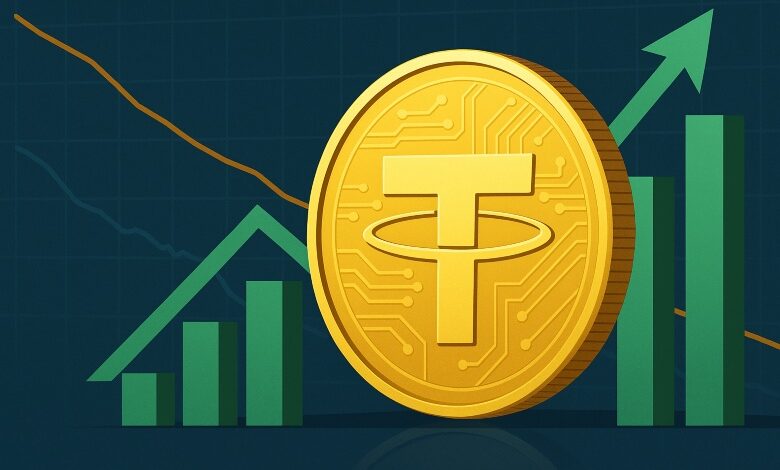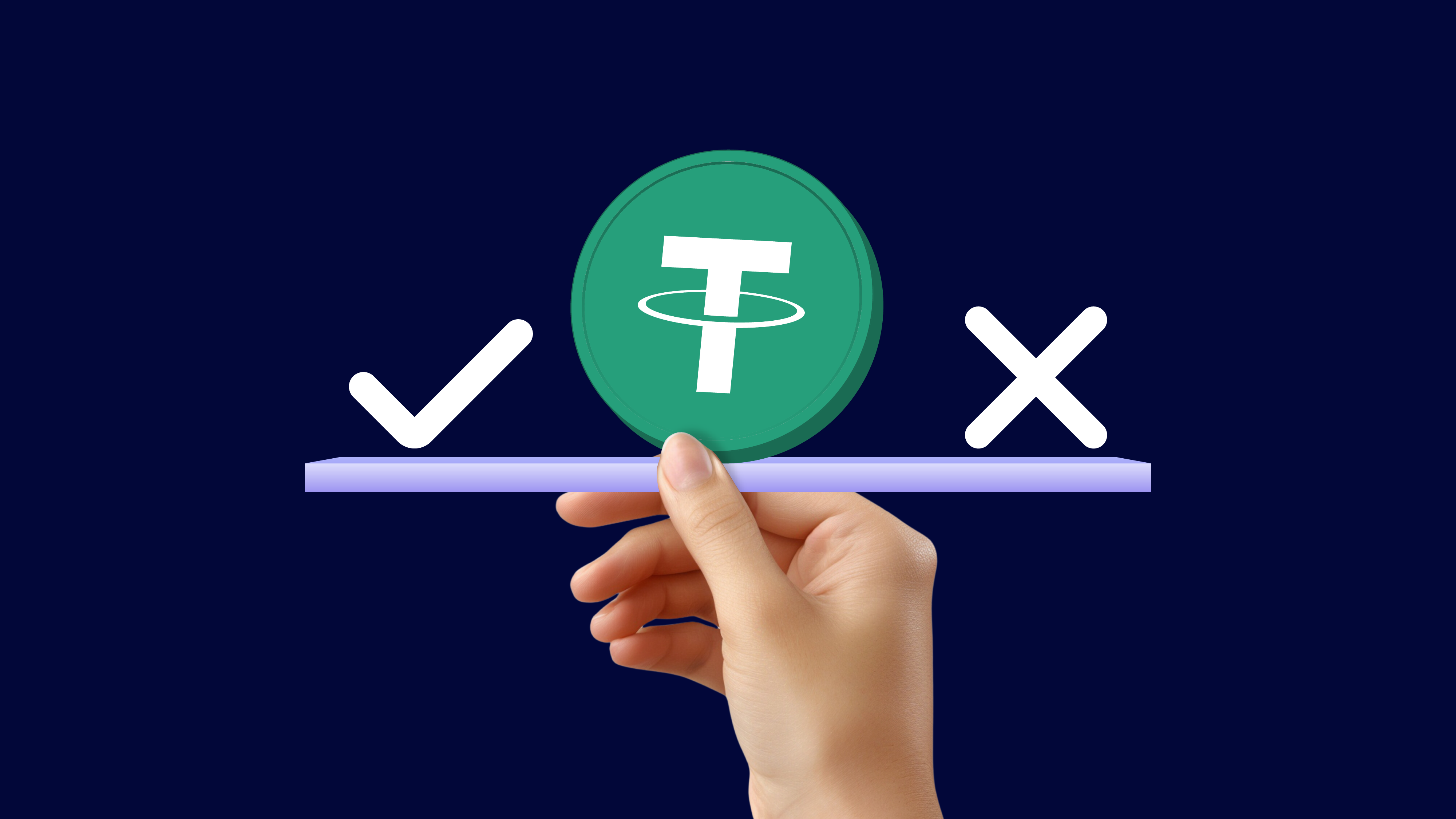Stablecoin issuer Tether has been very active recently. Not only did it make a profit of $13 billion from U.S. Treasury bond investments, it also invested heavily in areas ranging from AI, brain-computer interfaces, agriculture to right-wing social platforms, and also moved its business operations to El Salvador.
Tether CEO Paolo Ardoino said at the latest “Plan B Forum” event in El Salvador that Tether has always been regarded as an outlier by the traditional financial system, but since Donald Trump returned to the White House, the situation has reversed and Tether seems to have gained recognition from the mainstream financial community.
Tether has $7 billion in additional reserves to accelerate diversified investment
According to Bloomberg, Tether’s recent financial performance has been impressive, with an unaudited profit of $13 billion in 2024 alone, with the majority of its revenue coming from interest income on $94 billion in U.S. Treasury bonds.
As of June 2024, Tether held more than $7 billion in additional reserves, up $1 billion from three months ago. This funding allows Tether to accelerate its investment and acquisition plans and expand its territory into traditional finance, technology, media and other fields.
Entering American politics, investing $775 million in Rumble
In December 2023, Tether spent $775 million to acquire a stake in the right-wing social platform Rumble. This investment was Tether’s second largest investment in history.
Rumble positions itself as a social platform that is not affected by cancel culture and is seen as the right-wing YouTube. Howard Lutnick, CEO of U.S. investment bank Cantor Fitzgerald and Trump’s nominee for Commerce Secretary, is also a shareholder in Rumble. This brings Tether even closer to U.S. politics.
Cantor Fitzgerald is not only Tether’s trading advisor, but also helps manage Tether’s reserve assets and even holds convertible bonds issued by Tether. This time, Lutnick’s son Brandon Lutnick also attended the forum and introduced the investment opportunities between Tether and Rumble.
Tether was under regulatory pressure in the past, but now it wants to turn things around with the help of Trump
Tether has not been an uncontroversial business in the eyes of U.S. regulators in the past.
- In 2021, Tether paid $41 million to settle with the U.S. CFTC for falsely reporting reserve requirements.
- In 2023, the Wall Street Journal reported that the U.S. Department of Justice was investigating whether Tether violated sanctions and anti-money laundering regulations, but Tether responded that it was unaware and emphasized that it was working closely with law enforcement agencies.
However, with the return of Trump, the US regulatory environment has changed dramatically. Many institutions that were once skeptical of Tether are now adopting more relaxed regulations on Tether, which has also increased Tether’s influence in Washington.
Is it a promoter of the US dollar hegemony? Tether emphasizes that it is consistent with the interests of the United States
In addition to its close ties with U.S. politics, Tether also emphasizes that its own stablecoin USDT is actually helping the U.S. dollar consolidate its global position. Ardoino said:
Tether owns $94 billion in U.S. Treasury bonds and is one of the U.S. government’s major overseas investors.
USDT’s usage has surged in global markets, allowing the U.S. dollar to maintain its dominance in the digital financial world.
Tether is currently actively lobbying in the United States, hoping to get legislatures to accept this view.
Expand investment layout, buy everything from AI, brain-computer interface to agriculture
Tether has invested heavily in 13 companies in recent years, covering a variety of emerging technologies, including:
Satellite Imaging Technologies
Blackrock Neurotech, a brain-computer interface developer
South American Agricultural Company
AI-related industries
In addition, Tether has proposed to the Turkish government that it plans to use blockchain technology to issue digital assets representing traditional mineral resources to enter the field of commodity digitization.
Ardoino said that Tether’s investment strategy is similar to that of Saudi Arabia’s oil fund. Its goal is to transfer the current high USDT income to areas with greater future development potential to ensure that its own business remains competitive when the United States cuts interest rates or the market changes.
Experts worry about Tether’s influence
Although Tether’s current financial position is very strong, experts remain cautious about its expansion strategy. Some experts say that if Tether continues to expand into non-core businesses and becomes increasingly connected with traditional financial institutions, it may pose significant risks to the global economy and financial system.
Tether’s current strategy is different from that of sovereign funds. Its goal is to build a stronger financial infrastructure and promote the development of digital assets.






